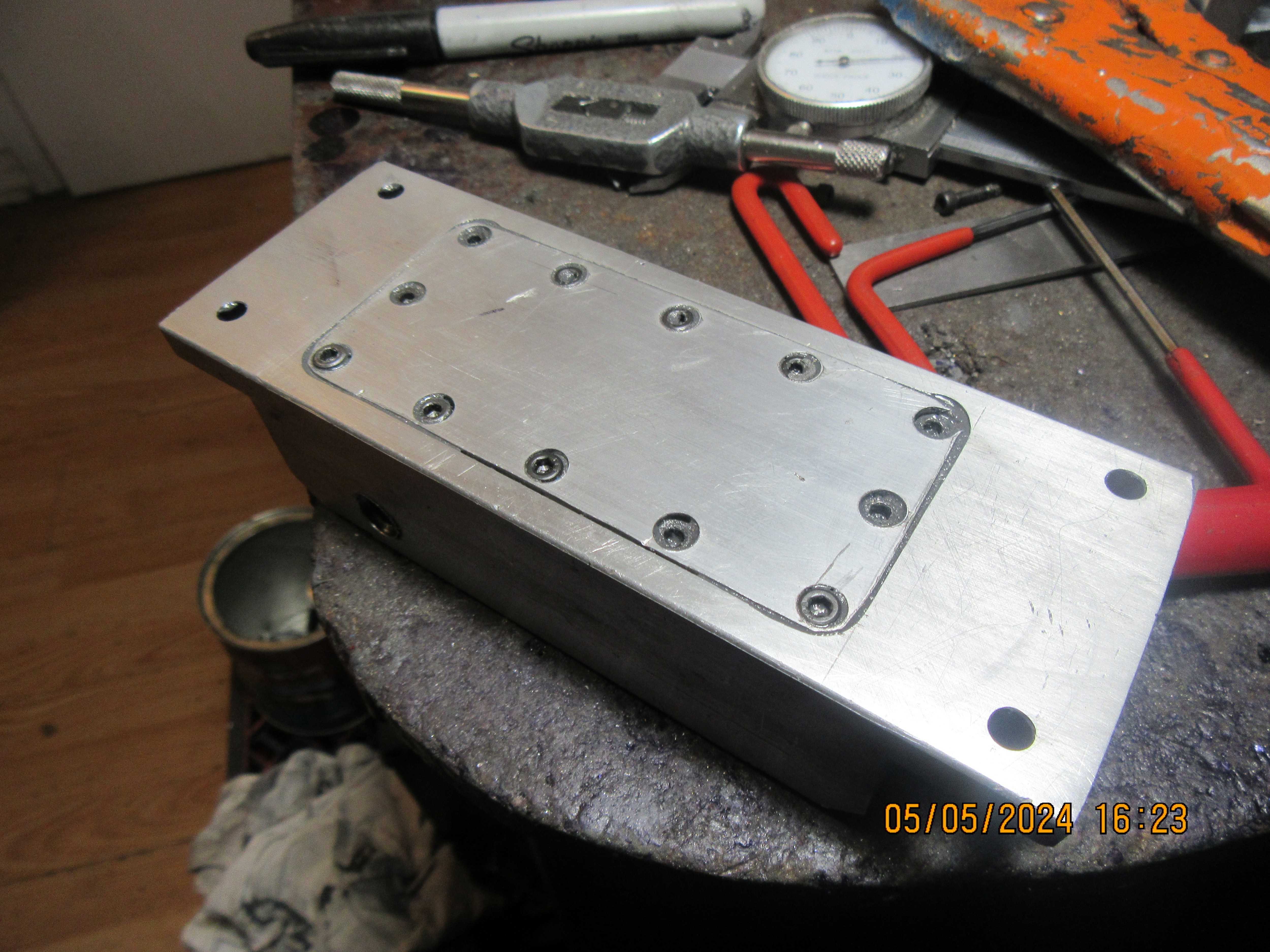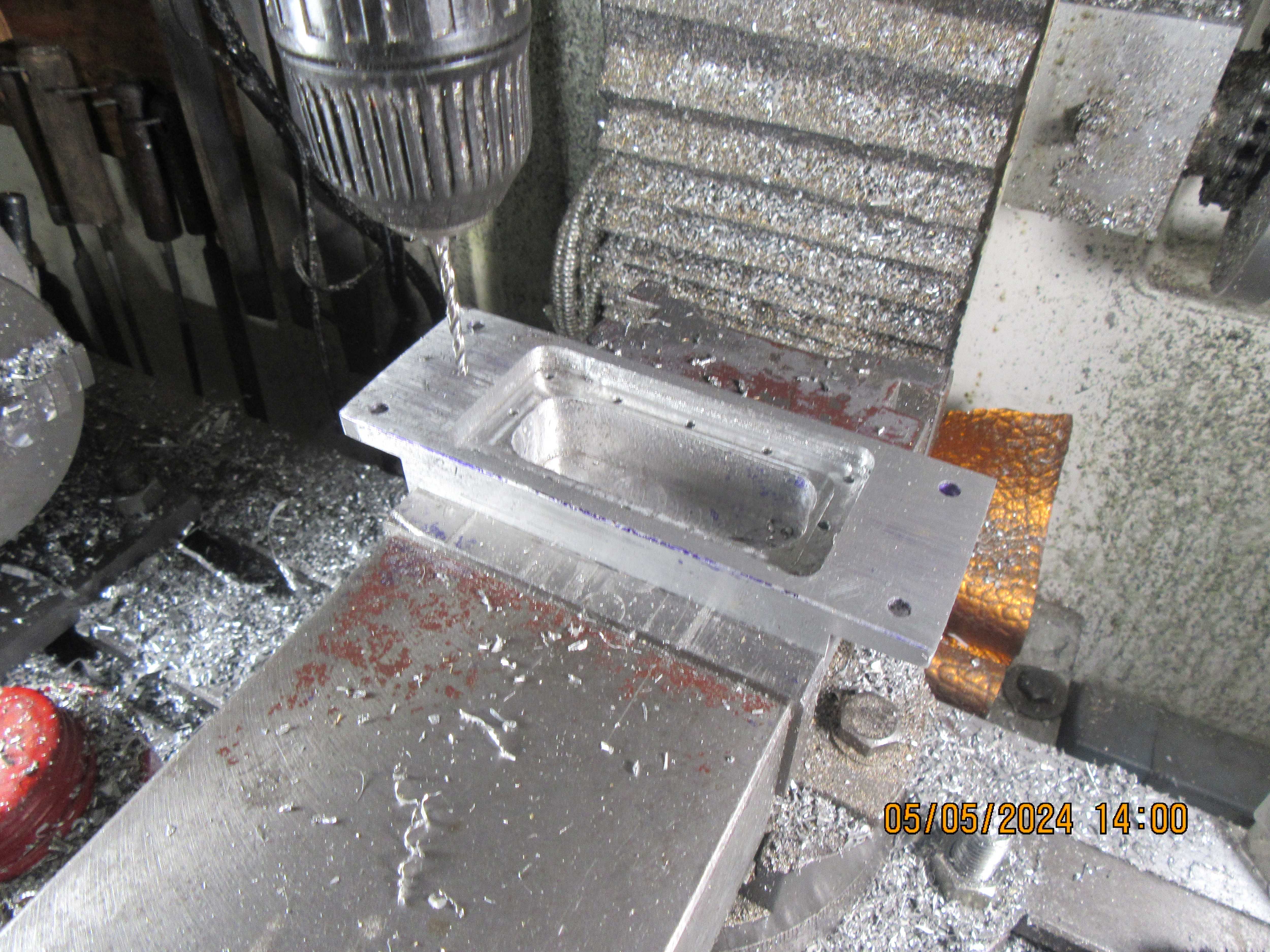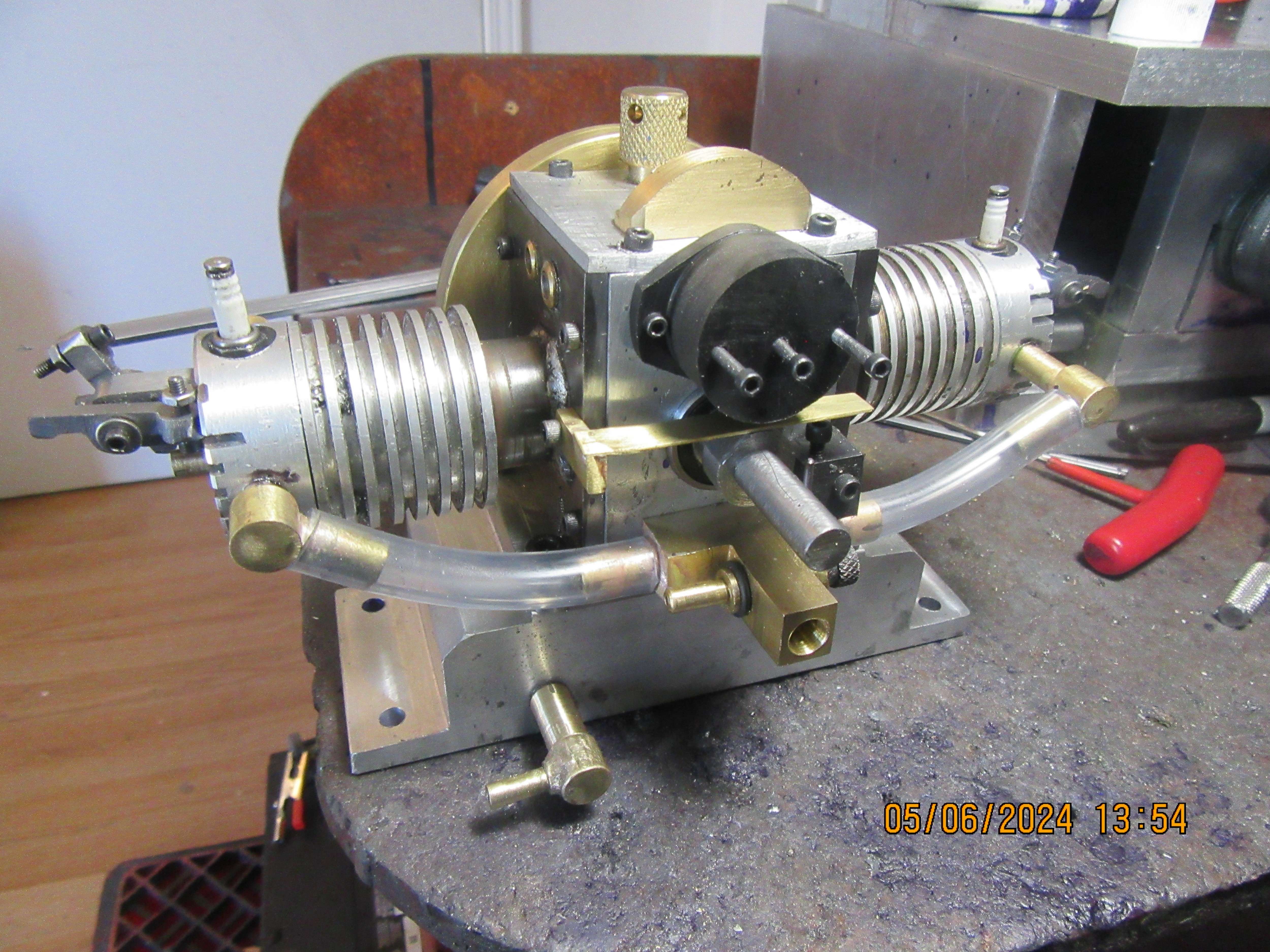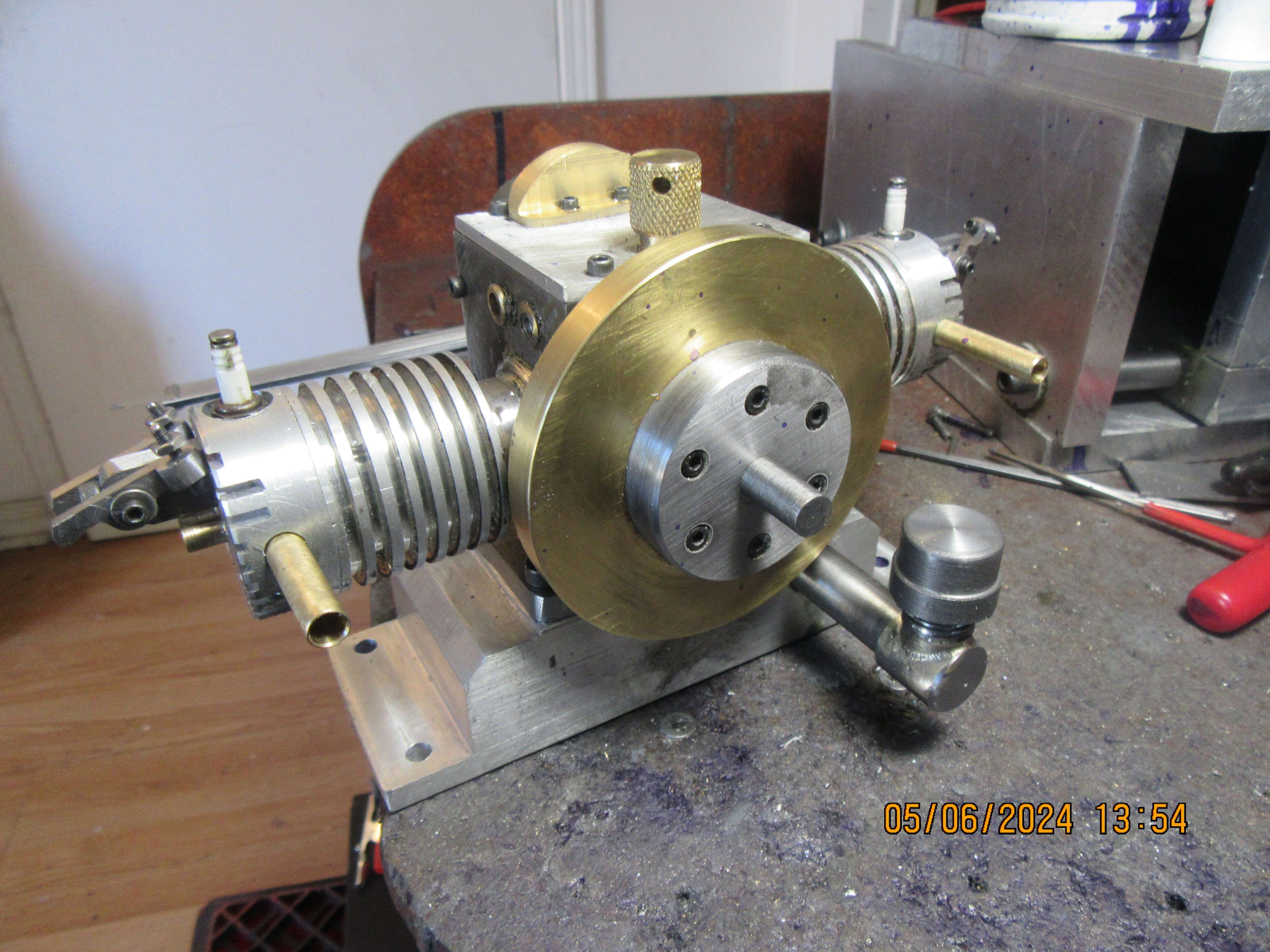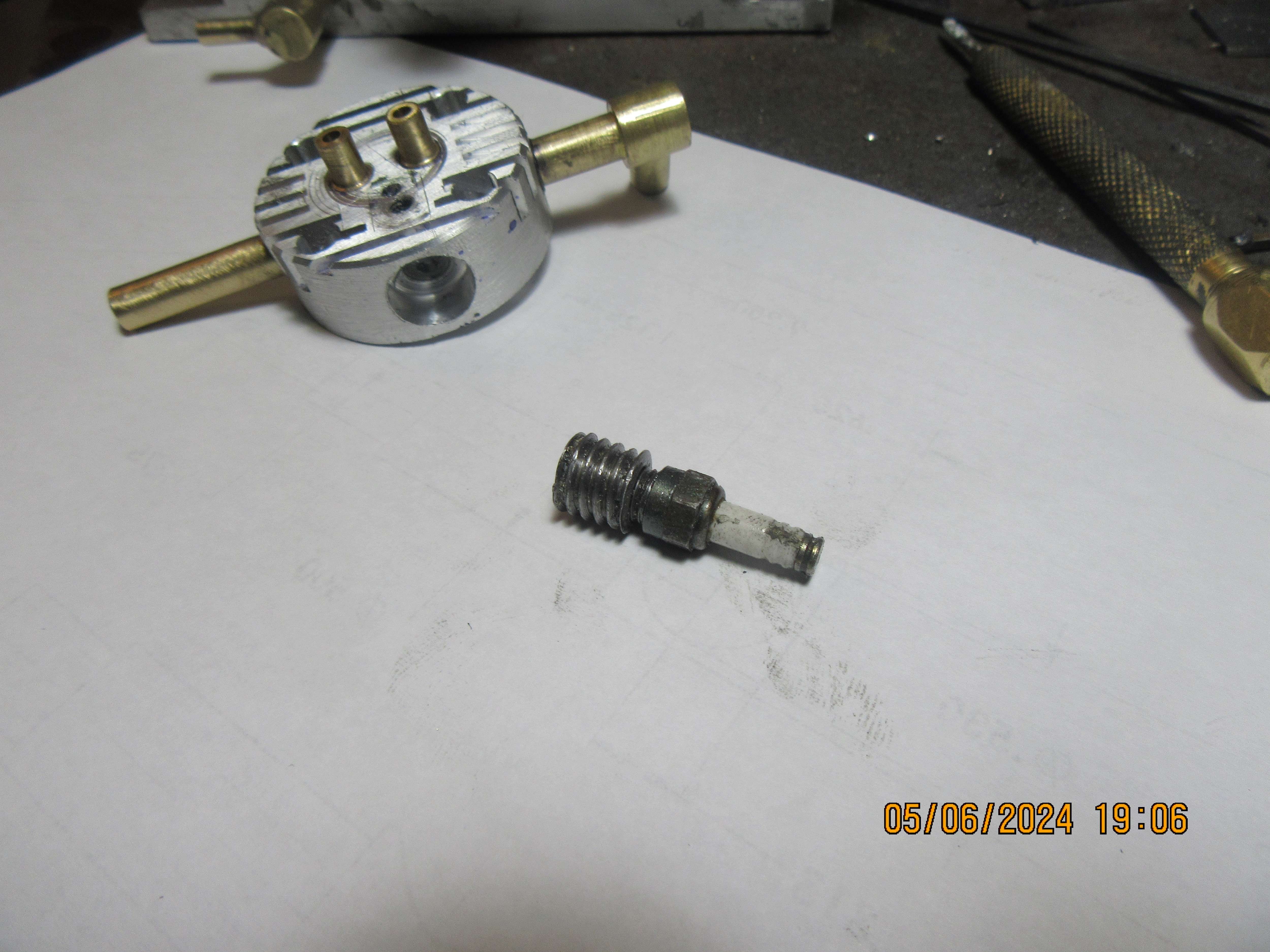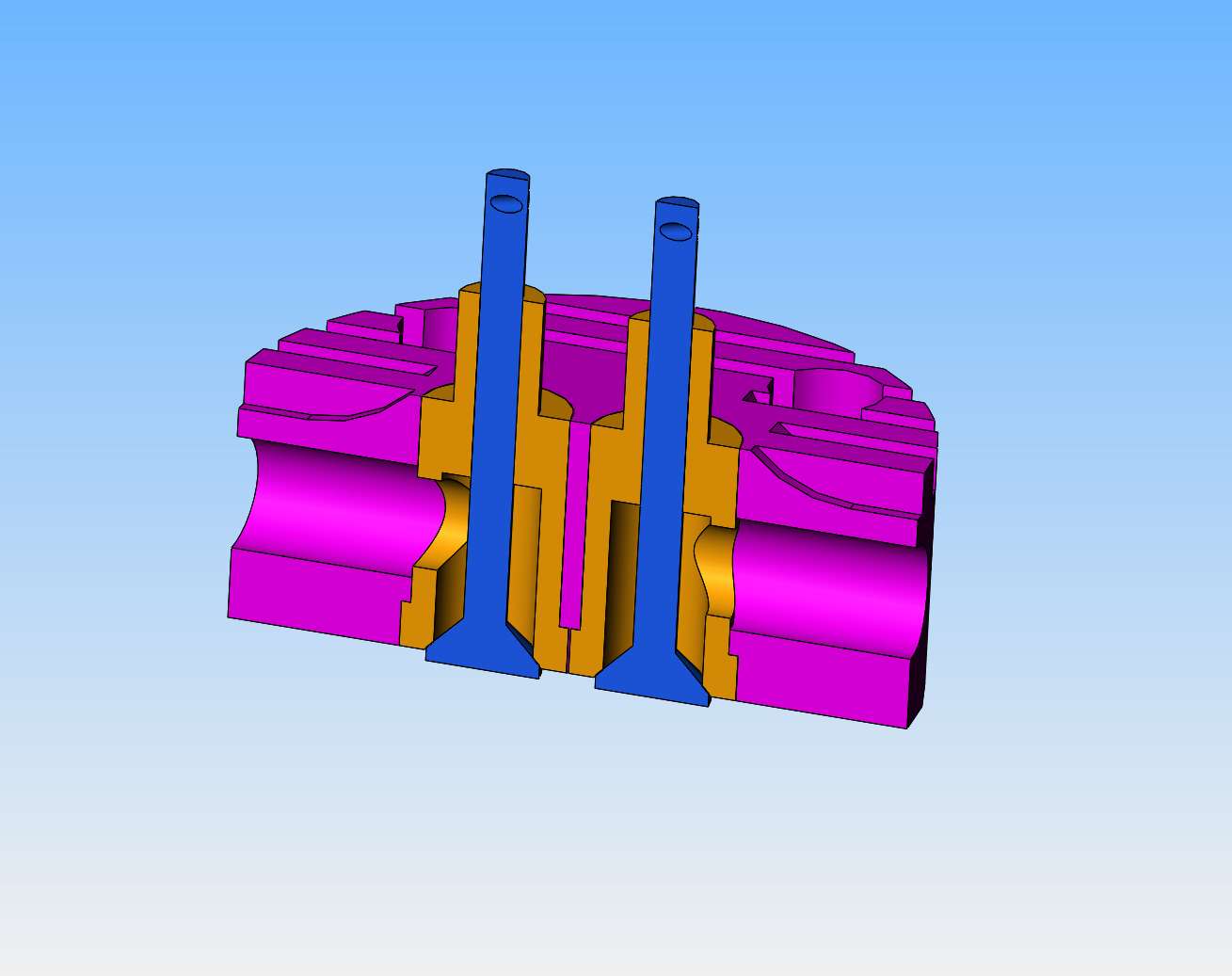If you run out of things to make, just enjoy more time with dear wife...
I too have a dear wife, so appreciate when she takes priority over the model work. (I.E. ALWAYS!).
K2
I too have a dear wife, so appreciate when she takes priority over the model work. (I.E. ALWAYS!).
K2





